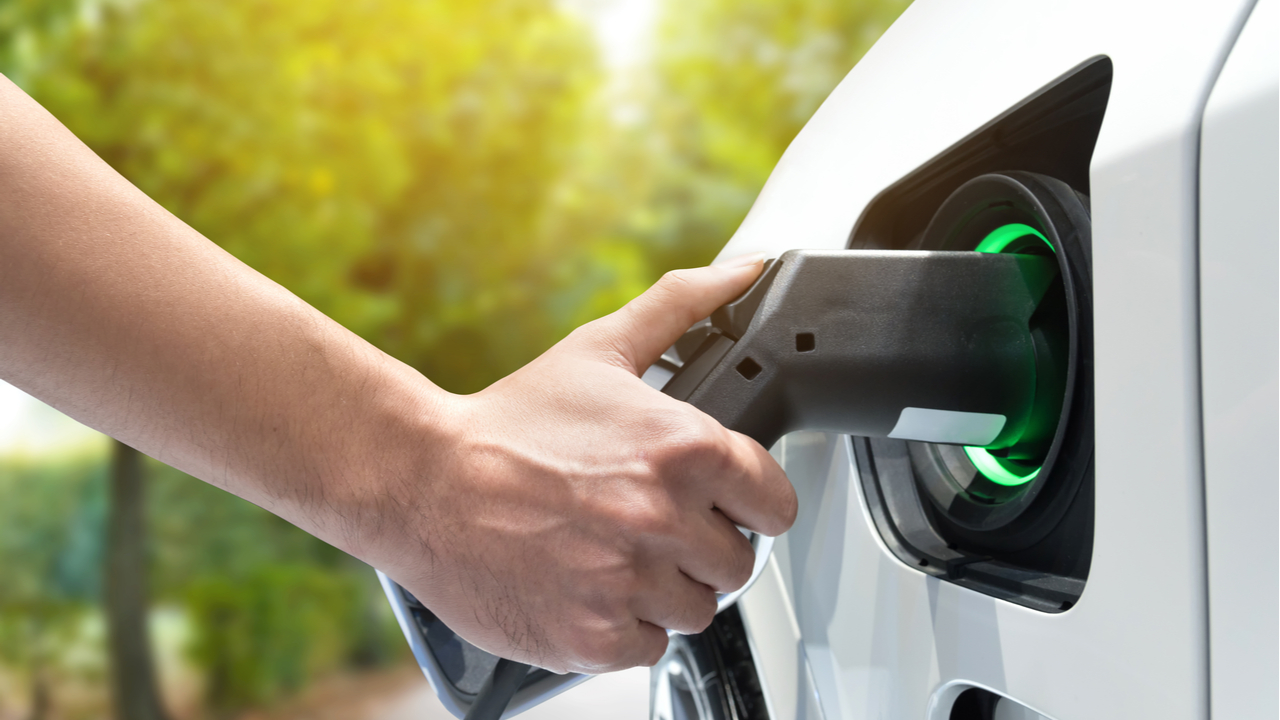Electric vehicles (EVs) are quickly changing the way we travel, providing a cleaner and more green alternative to traditional gasoline powered automobiles. However, for many considering the switch, a lingering question remains: how exactly do EV charging stations work? Future EV drivers, fear not! This article will help you understand the fundamental components that make up the EV Infrastructure, so you’re prepared to navigate this new world.
The Core Concept is Delivering Power, Replenishing Energy
The EV charging station functions with a straightforward, yet deceiving concept: They function as an intermediary between the electric grid and your vehicle’s battery. Imagine them as pumps that recharge the reserves of your electric car. It’s as easy as parking your EV near a charging station. Connect the charging cable using an adapter plug and voila! The flow of electric power begins.

Plugging in: Compatibility Speeds of Charging
While the fundamental concept is the same across all EV chargers, the types of plugs and charging rates may differ. The plugs for EV charging stations are configured differently depending on the type of vehicle and charging standards. This is similar to the numerous fuel nozzles that are available at gas stations. Knowing these differences is essential to ensure a seamless charging experience.
Tesla Superchargers and a Network of Speed
For Tesla owners, a specially designed network of strategically located Tesla Superchargers is a big benefit. These fast-charging stations are designed specifically for Tesla cars and have incredible charging speeds, which allows motorists to dramatically replenish their battery within a shorter period of time compared to traditional charging stations. This means less charging stops which means less waiting time and more comfort for long-distance journeys in a Tesla.
Explore different charging options: Beyond Tesla
Tesla Superchargers do not represent the whole EV charging infrastructure. A number of charging stations on public roads operated by various companies, are compatible with several EV models. The stations are equipped with a range of charging speeds. From Level 2 chargers which charge faster than a typical home outlet, to DC Fast Chargers, the fastest charging speed that is comparable to filling up at gasoline stations.
Planning Your Responsibility Planning Your Charge: Let Range Anxiety Go
One of the major fears for potential EV owners is “range anxiety” which is the anxiety of running out energy before reaching the nearest charging station. This fear has diminished with the increased number of charging stations, as well as the greater range of modern EVs. A lot of EV models are capable of covering hundreds of miles with just one charge. Apps that help plan routes also allow you to find charging stations that are on the route.
What’s the motive behind the alleged crime? A glimpse inside
The power of EV chargers lies in their innovative use of technology. At its core, the station acts as a transformer, converting the alternating current (AC) power from the grid to direct current (DC) electricity which is the type of power your battery requires. It is also equipped with security features, which include security protocols and communication protocols to ensure safe and effective charging of your battery.
Charge forward: Convenience & Accessibility
The charging of EVs is becoming more convenient and easier to get access. Many public charging stations offer user-friendly interfaces with options to pay for charging with a credit card or a specially designed app. In addition, certain workplaces and residential communities are now installing charging stations that allow motorists to charge their cars at work or at home to further increase the ease of owning an electric vehicle.
Green Grid Connection: Promoting sustainability
The expansion of EV charging stations has substantial environmental advantages. They promote the use of zero emission electric vehicles. This results in cleaner air, and a more sustainable transportation system. As the grid switches to renewable sources of energy such as wind and solar power EV charging gets more eco-friendly. This can further decrease the dependence on fossil fuels.
Decoding EV chargers helps EV buyers to make a more informed choice. The simplicity of the stations’ operation and their increased accessibility and their contribution to environmental sustainability make them essential elements of a future filled by clean and efficient electric vehicles. If you spot an EV charging station, keep in mind that it’s not just a simple plug but a gateway towards a cleaner, more sustainable transportation future.
Leave a Reply